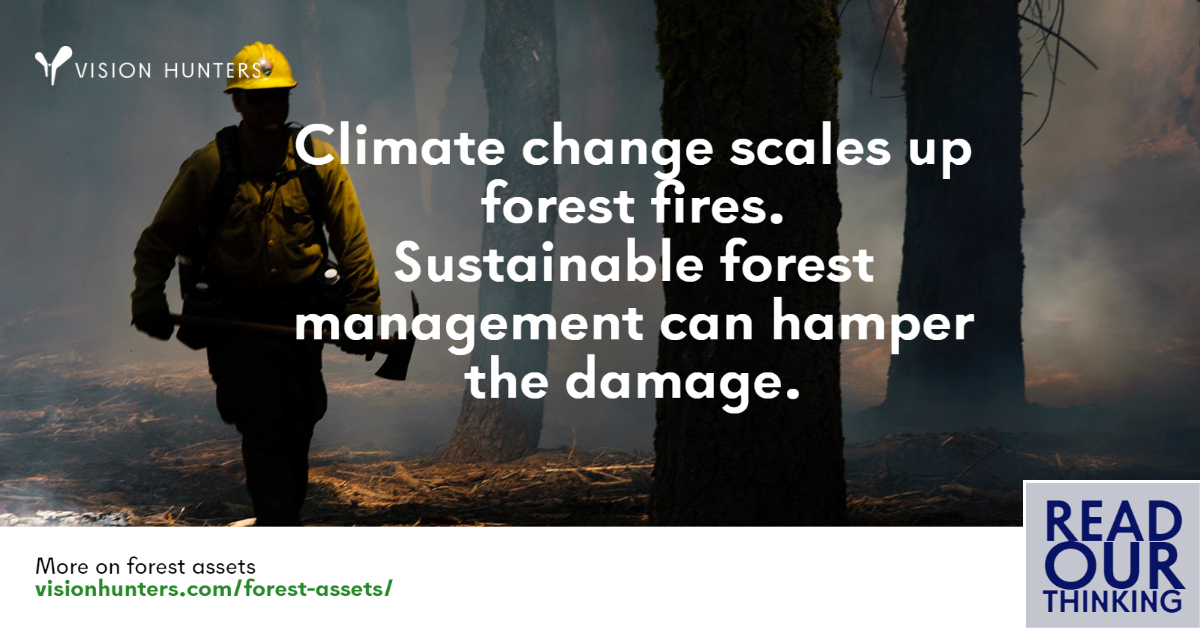Packaging markets have faced unprecedented volatility, with paper and board manufacturers experiencing surging demand during COVID-19, followed by an energy crisis and de-stocking effects. As we enter the second half of 2024, the industry shows signs of recovery. This article explores the ongoing challenges, including cost pressures, sustainability concerns, and the competitive landscape between paper and plastic packaging.
May 23, 2024
Engineered wood solutions like CLT and LVL present a viable alternative to traditional construction materials, offering a significant reduction in embodied carbon emissions. While their widespread utilisation may be hindered by industry traditions and supply constraints, their potential for positive environmental impact is undeniable.
November 6, 2023
A number of factors are influencing Europe's intricate forest ownership landscape. This includes a diverse mix of public entities, private companies, and individual proprietors. These owners navigate a complex interplay of economic, social, and environmental values that dictate how forests are managed. Notable variations in ownership models exist, with implications for market trends and land prices
October 3, 2023
A number of factors are currently influencing the wood sourcing dynamics for birch. The current downturn in the industry has led to a demand decrease. Despite a general decline, demand for non-Russian birch remains solid. Additionally, the stable harvest of Finnish birch pulpwood and logs is experiencing significant price increases, prompting potential market adjustments and temporary increases in harvest volumes to meet demand.
August 2, 2023
The biofuel industry faces a critical challenge as it navigates the changing landscape of transportation fuels. There is a risk that biodiesel and bioethanol might serve merely as transitional fuels until full electrification of the vehicle fleet. Amidst these dynamics, the biofuel industry is engaged in an upbeat discussion around sustainable aviation fuels (SAF) and their potential to dominate the biofuel market in the future. What is the role of the forest industry in this equation? Could collaborative efforts between the forest industry and biofuel sectors address the widely acknowledged challenge of feedstock availability?
May 30, 2023
There are 3.5 million hectares of forests in Bayern and Nordhein-Westfalen regions, of which nearly one million is state-owned. The prices of wood-based raw materials have soared high, as the demand exceeds supply in all major markets while expansionary monetary policy is speeding up the inflation. States and companies must restructure to survive and build sustainable growth.
March 26, 2022
Forests are among the cornerstones in combating climate change and preserving biodiversity. The European Union has drawn new guidelines and set ambitious targets to ensure the sustainability of forestry activities. Despite being part of the same economical regime, the European countries differ in terms of economy, industry structure and wildlife habitats and therefore one size does not fit all.
December 15, 2021
Wildfires’ impact on wood availability has historically been small in Europe, as damage has been limited mostly to the Mediterranean countries. Recent events from Sweden and the Baltics, alongside Russia and Canada, do, however, highlight the importance of forest owners’ long-term commitment to sustainable forest management in securing steady global wood availability.
September 27, 2021
Forest and bio-based businesses are, without a doubt, among the most important industries for mitigating climate change, combating biodiversity loss and rising pollution, and in reducing wasteful use of natural resources. Our position is unique. Our industry is working with a diverse renewable raw material, that offers limitless options for reducing emissions by substituting fossil alternatives.
September 8, 2021









